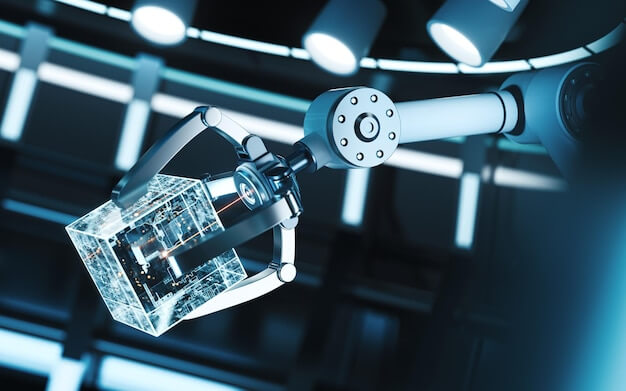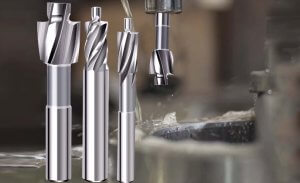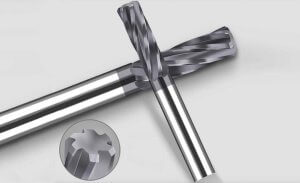The Significance of Plastic in Manufacturing and The Contrast Between PVC and Polyurethane
In the realm of manufacturing, plastic plays an indispensable role due to its versatility, durability, and cost-effectiveness. Among various plastics used, two types, namely Polyvinyl Chloride (PVC) and Polyurethane (PUR), are particularly prominent. As a thermoplastic polymer, PVC is recognized for its high density, resistance to environmental factors and excellent electrical insulation properties making it ideal for products like pipes, window frames, and cable insulation.
- Polyvinyl Chloride (PVC): A rigid plastic often used in the building and construction industry.
- Dense and rigid material.
- Resistant to weathering and chemical rotting.
- Widely used for applications requiring good insulative properties.
- Polyurethane (PUR): A flexible, durable rubber popularly used across numerous industries with diverse applications from automotive parts to foam bedding.
- Flexible and durable substance.
- Excellent thermal and acoustic insulation properties.
- Used heavily in a variety of commercial and industrial settings.
Despite these unique characteristics, each also has its limitations; hence the need for a clearer understanding and smart choice is vital depending on the context of application within the manufacturing sector.
Understanding Plastics in Manufacturing
In modern-day manufacturing, plastics have emerged as an indispensable component due to their versatile properties. Engineered for durability, flexibility, and resistance against environmental factors, they are utilized substantially across diverse industries such as automotive, aerospace, electronics, packaging, and more.
Different types of plastic owe their uniqueness to the distinct arrangements and structures of polymer chains. For instance, Polyvinyl Chloride (PVC), appreciated for its flame retardancy and chemical resilience, finds use extensively in construction materials and cable insulation. On the other hand, polyurethane, with its exceptional toughness and elasticity, is chiefly used in foam seating, adhesives, coatings, and seals. It’s also worth noting that each type of plastic brings different levels of sustainability and recyclability into the mix.
- Polyvinyl Chloride (PVC): Flame-retardant, highly durable and resistant to a range of chemicals; commonly found in construction materials and cables’ insulation.
- Polyurethane: Exceptionally tough and elastic; primarily used in foam seating, adhesives, coatings, and seals.
This inherent diversity makes plastics vital cogs in the wheel of manufacturing, injecting efficiency, cost-effectiveness, and innovation into the process.
An In-Depth Look at PVC
Polyvinyl Chloride, commonly known as PVC, is a widely used plastic in manufacturing due to its versatile properties. It’s known for its durability, chemical resistance, and electrical insulation capabilities. For those in the manufacturing sector looking to work with PVC, our online CNC service offers precision machining to cater to a variety of applications, ensuring high-quality results tailored to your needs.
Advantages of PVC
- Chemical Resistance: PVC is highly resistant to acids, alkalis, and other chemicals, making it suitable for a wide range of industrial applications.
- Electrical Insulation: Its excellent insulation properties make PVC an ideal choice for electrical wire insulation and other electrical components.
- High Machinability: PVC can be easily machined using CNC technology, allowing for the creation of precise components.
- Non-toxic: Being tasteless, odorless, and non-toxic, PVC is also used in applications where hygiene is a priority.
Applications of PVC in CNC Machining
PVC’s versatility makes it suitable for a variety of CNC machining applications, including the production of electrical wire insulation, flooring, rings, rollers, pads, pipe, and valve components. Our online CNC service leverages the material’s properties to deliver components that meet the highest standards of quality and durability.
Considerations When Machining PVC
Despite its many advantages, there are some considerations to keep in mind when machining PVC:
- Poor Heating Stability: PVC has a low melting point, which can lead to deformation if not carefully monitored during the machining process.
- Toxic Fumes: Machining PVC can release harmful fumes, necessitating proper ventilation in the working environment.
In conclusion, PVC’s unique properties such as high corrosion and chemical resistance, electrical insulation, and high machinability make it a preferred material in CNC machining. By utilizing our online CNC service, manufacturers can efficiently and safely produce high-quality PVC components for a wide range of applications.
Unpacking Polyurethane
Polyurethane, a plastic material widely acclaimed for its diversified features and applications, holds several core strengths that make it preferable in manufacturing. First off, polyurethane offers flexibility unmatched by its rigid counterpart, PVC. Additionally, attributes like abrasion resistance, load-bearing capacity, and superior adherence to metals further set it apart. Thus, these characteristics lay the foundation of polyurethane’s extensive reception across numerous industries.
- Automotive Industry: The automotive industry utilizes polyurethane owing to its sound insulation capabilities and stability under varying temperature conditions. For instance, car seats and engine parts often implement this material.
- Construction Industry: Polyurethane’s durability and water-resistance make it an ideal choice for building insulation or sealant materials. It helps improve energy efficiency and longevity in structures.
- Furniture Industry: Flexibility and comfort offered by polyurethane have led to high demand in upholstery and mattresses production.
However, despite these assets, there are some limitations tied to polyurethane usage. Central concerns include potential health hazards from emissions during manufacture and disposal processes, demanding specific precautions. Furthermore, polyurethane is not biodegradable, posing environmental sustainability issues. As such, while bearing decisive advantages, responsible management should coincide with polyurethane utilization to mitigate possible drawbacks effectively.
PVC vs. Polyurethane: Strengths and Weaknesses
In the manufacturing industry, both PVC (Polyvinyl Chloride) and polyurethane present distinctive advantages and disadvantages that determine their suitability for particular conditions. In terms of durability, PVC proves to be highly suitable due to its resistance against weathering, chemical rotting, corrosion, shock and abrasion; thus giving it a longer lifespan.
On the other hand, although not as durable as PVC, polyurethane offers superior flexibility even at low temperatures. Therefore, applications requiring elasticity would benefit from polyurethane over PVC. Additionally, while both materials are cost-efficient in production, polyurethane tends to be more expensive due contrasting complexities in processing techniques.
- PVC: Resistance strength against external factors makes them ideal for outdoor applications like pipes, windows and roofing where there’s exposure to weather elements.
- Polyurethane: Its remarkable flexibility allows it to be an excellent choice for products needing moldability and resilience such as foam seating, insulation panels, and seals.
The Future of PVC vs. Polyurethane: Sustainability in Plastic Choices
As environmental awareness continues to rise globally, the manufacturing industry is critically reflecting on the sustainability of its raw materials. Both polyvinyl chloride (PVC) and polyurethane have been subject to discussions about their environmental impact.
PVC, a widely utilized plastic, has drawn significant critique due to chlorine used during manufacture leading to toxic emissions and disposal challenges. Conversely, while polyurethane production does not contribute significantly to greenhouse gases, it can hardly be regarded as environmentally friendly because it is primarily derived from petrochemicals, a non-renewable resource.
In recent years, efforts are being made to develop greener alternatives, including bio-based, biodegradable, or recyclable plastics which could reduce pollution caused by traditional plastic materials. Examples include Polylactic Acid (PLA), a natural plant-sourced polymer, and Polyhydroxyalkanoates (PHAs), a family of naturally occurring biopolymers promising biocompatibility and biodegradability.
Sustainability is emerging as a key factor driving choice preferences for manufacturers sourcing these materials. These newer developments signify an important shift towards a more sustainable future in the plastics industry.
Other Articles You Might Enjoy
- The Battle of the Plastics: PVC vs. Polyurethane in Manufacturing
The Battle of the Plastics: PVC vs. Polyurethane in Manufacturing In the realm of manufacturing, two plastics dominate - Polyvinyl Chloride (PVC) and Polyurethane. PVC is one variant of plastic…
- Ceramic vs. Metal Parts Manufacturing: Which is Best for Your Project?
Introduction to Ceramic and Metal Parts Manufacturing The manufacturing industry has a wide range of processes, among which the production of ceramic and metal parts remains crucial. These two material…
- Epoxy vs. Polyester Resins: A Comparison for Composite Manufacturing
Introduction to Composite Manufacturing The composite manufacturing industry plays a pivotal role in various sectors through the application of polyester and epoxy resins. This process leverages different materials with distinct…








